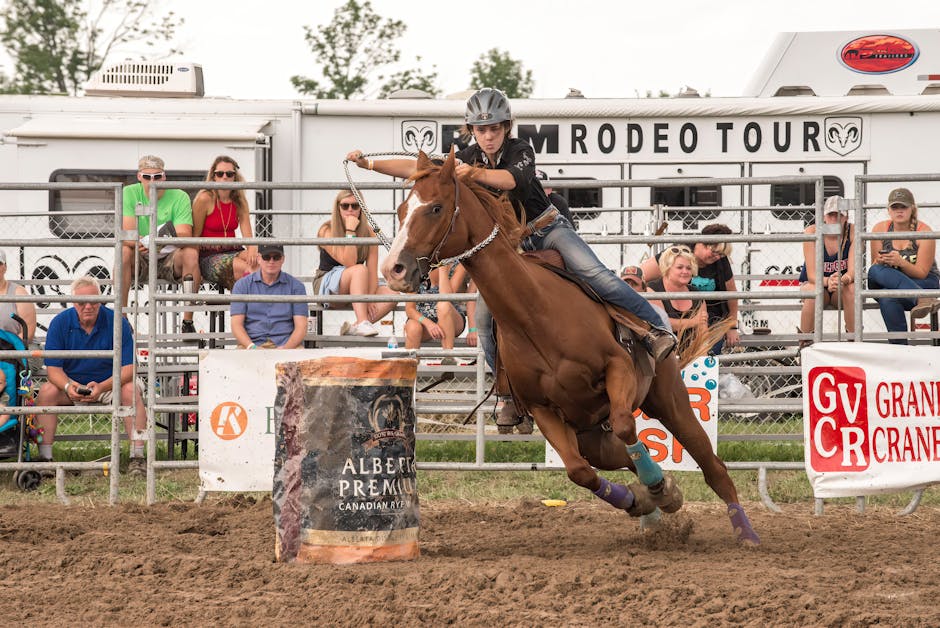Speed Sport Timing: A Deep Dive into the Science and Technology of Precise Measurement
Speed Sport Timing: A Deep Dive into the Science and Technology of Precise Measurement
In the thrilling world of competitive sports, where milliseconds can separate victory from defeat, the accuracy of timing systems is paramount. Speed sport timing, a specialized field encompassing advanced technology and meticulous methodologies, plays a crucial role in ensuring fair and accurate results. This article delves into the intricacies of speed sport timing, exploring its history, the technology behind it, its applications across various sports, and the ongoing innovations that continue to refine its precision.
A Brief History of Speed Sport Timing
The evolution of speed sport timing mirrors technological advancements throughout history. Early methods relied on manual stopwatches, susceptible to human error and limited precision. The advent of electronic timing marked a significant turning point, initially employing photoelectric cells to detect the passage of athletes across designated points. These systems provided a marked improvement in accuracy but were still susceptible to environmental factors and limitations in data processing.
The development of microchip technology revolutionized speed sport timing. Modern systems now boast unparalleled precision, capable of measuring time down to thousandths or even millionths of a second. These advancements are not simply about numbers; they ensure fairness and the integrity of competitive results, allowing for the objective determination of winners and record-breakers. The transition from purely mechanical to fully computerized systems significantly reduced errors and increased efficiency in data acquisition and analysis.

The Technology Behind Modern Speed Sport Timing Systems
Modern speed sport timing systems are complex integrated systems, combining several key components to ensure accurate and reliable measurements. Let’s explore these components:
1. Sensors and Transducers:
The foundation of any speed sport timing system lies in its sensors. These devices detect the passage of an athlete or object, often using infrared, photoelectric, or microwave technology. Infrared sensors are commonly used in track and field, detecting the breaking of an infrared beam by an athlete. Photoelectric cells, sensitive to changes in light, are another common choice. Microwave sensors, using electromagnetic waves, are often used in situations where infrared or photoelectric methods may be less reliable due to environmental factors.
2. Timing Units and Clocks:
Once a sensor detects the event, the signal is sent to a highly precise timing unit or clock. These units typically employ crystal oscillators or atomic clocks for exceptionally accurate timekeeping. The timing unit records the precise time of each event, often with multiple sensors providing redundancy and enhanced accuracy. The data is then transferred to a computer for processing and analysis.
3. Data Acquisition and Processing:
Modern systems utilize sophisticated software to acquire, process, and display the timing data. This software is capable of managing multiple sensors, recording split times, and calculating overall race times with remarkable precision. The software also ensures data integrity, error checking, and the ability to generate detailed reports and results.
4. Display Systems:
Results are presented through various display systems, ranging from simple LED displays at the finish line to large video screens showing real-time results and rankings. These displays are crucial for immediate feedback to athletes, officials, and spectators, providing transparency and enhancing the overall spectator experience.

Applications of Speed Sport Timing Across Various Sports
Speed sport timing finds applications in a wide variety of competitive sports, each presenting unique challenges and requiring specific configurations of the timing systems. Some notable examples include:
- Track and Field: Speed sport timing is essential in track and field events, accurately measuring times for sprints, hurdles, and relays. The precision needed is exceptionally high, often requiring timing to thousandths of a second.
- Swimming: Touch pads at the end of swimming pools act as sensors, detecting when a swimmer finishes the race. The timing system must be highly reliable and waterproof, operating accurately in a demanding aquatic environment.
- Cycling: Photoelectric or microwave sensors can be placed along the course to accurately record split times, allowing for detailed performance analysis and identification of crucial aspects of strategy and technique.
- Motorsports: In motorsports, speed sport timing is critical, measuring lap times, race times, and speeds. Precision is vital, and systems often integrate GPS data for comprehensive analysis.
- Horse Racing: Photo-finish cameras provide incredibly precise determinations of race winners, often resolving incredibly close finishes that would be impossible to determine by human observation.
Challenges and Innovations in Speed Sport Timing
While modern speed sport timing systems are remarkably precise, challenges remain. Environmental factors such as weather conditions can sometimes affect sensor performance, particularly with infrared systems. The accurate detection of athletes in crowded races can also pose a challenge. Innovations in speed sport timing continuously address these challenges. For example, the development of more robust sensors, improved signal processing techniques, and sophisticated data fusion algorithms aim to further enhance accuracy and reliability.
The integration of advanced technologies such as artificial intelligence and machine learning is opening new possibilities. AI-powered systems can analyze timing data to detect anomalies, predict potential problems, and enhance the overall efficiency and accuracy of timing operations. Moreover, real-time data analytics, combined with video analysis, can provide valuable insights for athletes and coaches, aiding in training strategies and performance improvements.
The Future of Speed Sport Timing
The future of speed sport timing is bright, marked by the continual pursuit of greater precision and efficiency. As technology continues to advance, we can expect to see even more accurate and reliable timing systems. The integration of sophisticated data analysis tools and AI-powered algorithms will enhance the capabilities of these systems, providing more valuable insights into athletic performance. Furthermore, the seamless integration of timing data with other performance metrics will offer a more holistic understanding of athlete performance, driving further progress in training and competition.
The development of more robust and versatile sensors capable of operating in challenging environmental conditions will further enhance the reliability of timing systems. We can anticipate advancements in signal processing that minimize the impact of noise and interference, ensuring the integrity of the data. The exploration of new technologies, such as lidar and other advanced sensing methods, could lead to even more precise and comprehensive timing solutions in the future.

In conclusion, speed sport timing is a critical component of fair and accurate competition in a wide range of sports. The continued evolution of this field, driven by technological advancements and a relentless pursuit of precision, ensures the integrity of athletic records and the excitement of competitive events worldwide.





